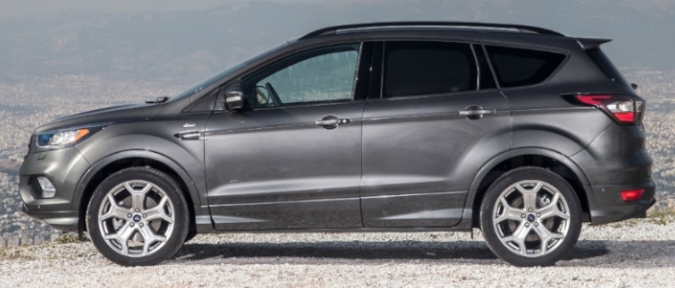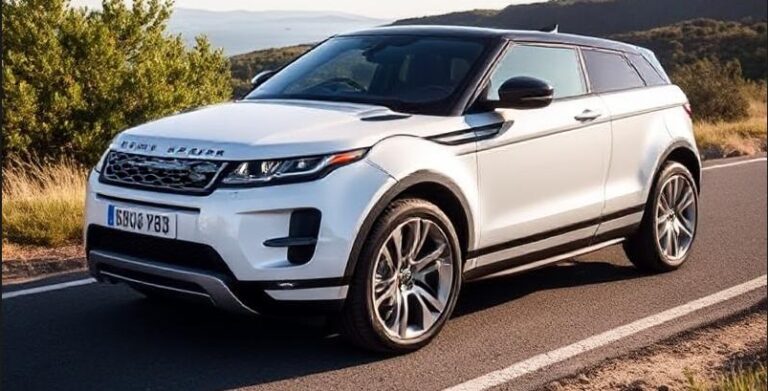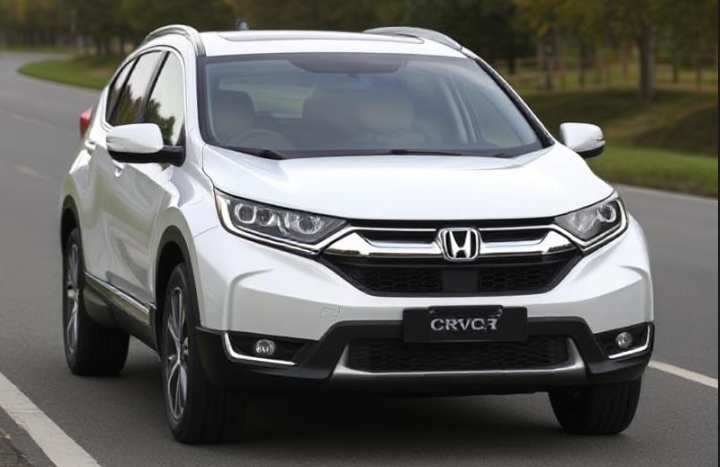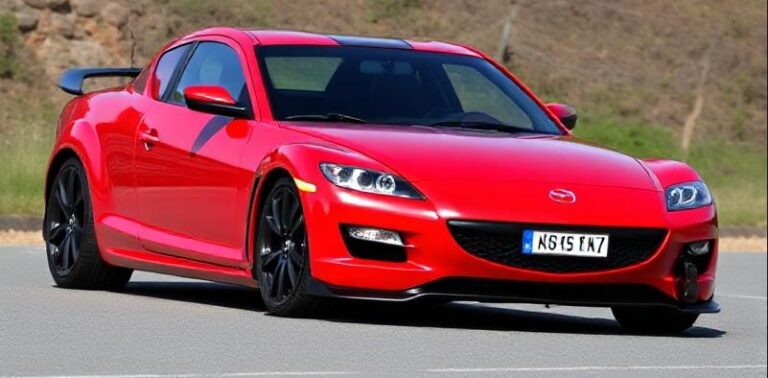The Audi Q5 Evolution: A Chronicle of Compact Luxury
The Audi Q5, a compact luxury SUV, has carved a significant niche in the automotive market since its introduction. Combining sporty performance, refined design, and technological advancements, the Q5 has evolved significantly over the years, becoming a mainstay for Audi and a popular choice for discerning drivers seeking a premium driving experience. This article delves into the history of the Audi Q5, exploring its various generations, models, trim levels, and the key factors that have shaped its evolution.
Generation 1: The Dawn of a Segment (2008-2017)
The Audi Q5 first graced the global automotive stage in 2008, marking Audi’s entry into the burgeoning compact luxury SUV segment. This generation, internally known as the Typ 8R, was built on the Volkswagen Group’s MLB platform, which it shared with other models like the Audi A4 and A5. The Q5 quickly established itself as a key competitor to established rivals such as the BMW X3 and Mercedes-Benz GLK-Class, setting a new benchmark for performance, luxury, and practicality.
2008-2012: The Early Years
The initial Q5 lineup offered a range of engines designed to cater to diverse driving preferences. In North America, the primary engine was a 2.0-liter turbocharged inline-four TFSI engine, delivering approximately 211 horsepower and 258 lb-ft of torque. This engine was paired with either a six-speed manual or a six-speed Tiptronic automatic transmission, sending power to Audi’s legendary quattro all-wheel-drive system, which was a standard feature in most markets. A 3.2-liter V6 engine, producing around 270 horsepower and 243 lb-ft of torque, was also available for those seeking more power.
Trim Levels (2008-2012):
- Premium: This base trim offered a comprehensive set of features, including leather upholstery, a power-adjustable driver’s seat, automatic climate control, a premium sound system, and a multi-function steering wheel.
- Premium Plus: Building upon the Premium trim, this level added features like a panoramic sunroof, heated front seats, and a power liftgate.
- Prestige: The top-tier trim level included advanced features such as adaptive headlights, a Bang & Olufsen sound system, a navigation system, and advanced driver assistance systems.
Throughout this period, Audi continuously refined the Q5, introducing subtle styling updates and technological improvements. These enhancements ensured that the Q5 remained competitive in a rapidly evolving market.
2013-2017: Mid-Cycle Refresh and Continued Refinement
In 2013, the Q5 underwent a mid-cycle refresh, bringing subtle but impactful changes to its exterior and interior design. The most noticeable exterior changes included a redesigned front fascia with a new grille, headlights, and front bumper. The rear received updated taillights and a revised rear bumper. Inside, Audi introduced new materials and updated infotainment systems.
Engine options also saw some modifications. The 2.0-liter TFSI engine was updated to produce slightly more power and improved fuel efficiency. The 3.0-liter supercharged V6 engine, with approximately 272 horsepower, replaced the previous 3.2-liter V6 in some markets. An eight-speed Tiptronic automatic transmission became standard across the range, enhancing the driving experience.
Trim Levels (2013-2017):
The trim levels were largely carried over from the pre-facelift models, with some feature adjustments and additions.
- Premium: This continued to be the entry-level trim, offering a solid foundation of features.
- Premium Plus: Provided a step up in luxury and convenience with features like a panoramic sunroof and heated front seats.
- Prestige: Remained the top-of-the-line trim, incorporating advanced technology and premium features such as adaptive headlights and a Bang & Olufsen sound system.
The first generation Q5 solidified Audi’s position in the compact luxury SUV market. Its combination of performance, practicality, and refinement, paired with the quattro all-wheel-drive system, made it a compelling choice for drivers seeking a versatile and enjoyable driving experience.
Generation 2: A New Era of Technology and Design (2017-Present)
The second generation Q5, Typ FY, was unveiled in 2017, bringing with it a significant evolution in design, technology, and performance. Built on the updated MLBevo platform, this generation showcased a sleeker, more modern design, incorporating Audi’s latest design language. The focus shifted towards increased efficiency, improved driving dynamics, and enhanced connectivity.
2017-2020: Setting New Standards
The second-generation Q5 boasted a more athletic and sculpted exterior. The interior received a complete overhaul, with a modern and driver-focused design, showcasing high-quality materials and advanced technology. The new Q5 also shed weight, enhancing both performance and fuel efficiency.
In North America, the 2.0-liter turbocharged inline-four TFSI engine remained the primary powerplant, albeit with improvements that resulted in higher horsepower and torque figures. A seven-speed S tronic dual-clutch transmission was introduced, offering quicker and more efficient gear changes. The quattro all-wheel-drive system was standard.
Trim Levels (2017-2020):
- Premium: The base trim offered a range of features, including a power tailgate, automatic climate control, a 7-inch infotainment screen, and Apple CarPlay and Android Auto integration.
- Premium Plus: This level added features like a panoramic sunroof, heated front seats, a digital instrument cluster, and advanced driver assistance systems.
- Prestige: The top-tier trim included features such as a Bang & Olufsen sound system, a head-up display, and matrix LED headlights.
- Sport (Offered in some markets): This trim often provided sportier styling elements, such as unique wheels and trim, as well as suspension and performance upgrades.
.
THIS might be a great place to get your new car from!
Or for those who are into the “car flipping” business, here’s an excellent resource for you!

.
2021-Present: Mid-Cycle Refresh and Electrification
In 2021, the Q5 received a significant mid-cycle refresh, enhancing its design, technology, and powertrain options. The exterior was updated with a new singleframe grille, redesigned headlights and taillights, and updated bumpers. The interior saw the introduction of a larger 10.1-inch touchscreen display and Audi’s latest MIB 3 infotainment system, offering improved connectivity and functionality.
The 2.0-liter TFSI engine received a 12-volt mild-hybrid system, improving fuel efficiency and offering smoother start-stop functionality. A plug-in hybrid (PHEV) variant, the Q5 TFSI e, was also introduced, combining the 2.0-liter TFSI engine with an electric motor and a battery pack, offering both electric-only driving range and enhanced performance.
Trim Levels (2021-Present):
The trim levels largely remained the same, but with some refinements and additions, reflecting the updated technology and features.
- Premium: This base trim continued to provide a well-equipped package with updated technology and design.
- Premium Plus: Added enhanced features and technology, such as a digital instrument cluster and advanced driver assistance systems.
- Prestige: This top-tier trim level offered the most luxurious and technologically advanced features, including a Bang & Olufsen sound system and matrix LED headlights.
- Sportback: The Q5 Sportback, with its coupe-like roofline, has also been introduced. Trims for the Sportback mirrored the standard Q5.
- SQ5: The performance-oriented SQ5 also offered several trim levels, including Premium, Premium Plus, and Prestige, providing increased power, performance, and sporty design elements.
The Audi SQ5: Performance and Sportiness
The SQ5, a performance-oriented variant of the Q5, has been an integral part of the model’s lineup since the first generation. The SQ5 is equipped with a more powerful engine, sport-tuned suspension, upgraded brakes, and distinctive exterior and interior styling elements, delivering a more engaging driving experience.
First Generation SQ5 (2013-2017): The SQ5 of the first generation was equipped with a 3.0-liter supercharged V6 engine, producing around 354 horsepower and 347 lb-ft of torque. It featured a sport-tuned suspension, upgraded brakes, and unique styling elements.
Second Generation SQ5 (2018-Present): The second generation SQ5 is powered by a 3.0-liter turbocharged V6 engine, generating approximately 349 horsepower and 369 lb-ft of torque. The SQ5 offers a more aggressive stance, sportier styling cues, and a more responsive driving experience.
Conclusion: The Q5’s Enduring Legacy
The Audi Q5 has consistently demonstrated its ability to adapt and evolve, remaining a leader in the compact luxury SUV segment. From its initial introduction, the Q5 has combined performance, refinement, and practicality, appealing to a wide range of drivers. Through two generations, each iteration has brought significant advancements in design, technology, and powertrain options, solidifying its position as a highly desirable and well-regarded vehicle. The integration of advanced driver-assistance systems, enhanced connectivity features, and a growing emphasis on electrification demonstrate Audi’s commitment to innovation and sustainability. The Q5’s continued success underscores its enduring appeal and its relevance in the dynamic automotive landscape. As the automotive industry continues to evolve, the Audi Q5 is poised to continue its legacy of excellence and innovation, setting the standard for compact luxury SUVs for years to come.







